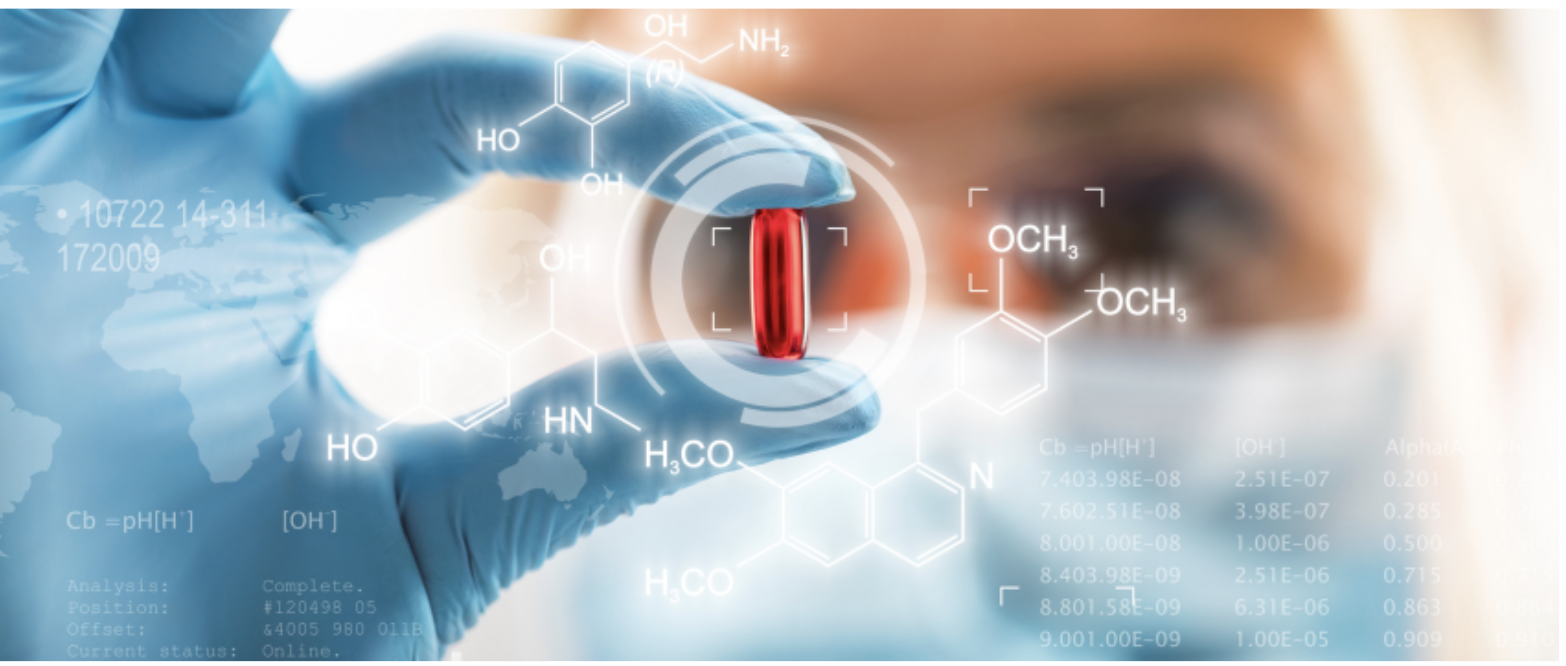
From a Plant to a Capsule
By Eunice Tsang
Ever wonder how pharmaceutical companies develop drugs? The drugs that we see in hospitals, clinics, and pharmacies usually come in capsules or pills, but did you know that many drugs originally derive from herbs and other ingredients found in nature?
So, how do scientists turn a plant into a pill?
The process begins when scientists first discover herbs that have medicinal properties. They will then conduct experiments to determine which molecules and active components are responsible.
Take Artemisia—this herb contains artemisinin, which is a first-line antimalarial drug. Malaria is a serious and life-threatening disease that is transmitted by mosquitoes. People who get malaria usually have high fevers and other flu-like illnesses. Fungal endophytes (diverse microorganisms that live inside plants) found in Artemisia plants can produce bioactive metabolites – byproducts produced from breaking down foods – with antimalarial properties. Considering their ability to provide plants with important nutrients or protect plants from harm, they usually exist in a mutual relationship with plants. However, some endophytes can cause diseases to the host plant. In this blog, we will explore how researchers determined which compounds present in the endophytic fungi found in Artemisia exhibit antimalarial activity.
A research study conducted by Hani Alhadram et al. used the neural network-based software Prediction of Activity Spectra for Substances (PASS) to predict the pharmacological activity of particular compounds synthesized from fungal endophytes in Artemisia. This software utilizes a match or mismatch function to determine the chemical activities of certain compounds. The unique compounds isolated from the fungal endophytes were then matched to a comprehensive software-associated database that contains other well-known antimalarial agents to examine their therapeutic effects. Chemical compounds that show similar structures usually exhibit similar medicinal properties. The higher the Probably Active (PA) value correlates to a higher probability of the compound displaying pharmacological properties. Experimental results from this study suggest that Physcion and Emodin (compounds isolated from the fungal endophytes) have potent inhibitory activities against malaria.
What’s next?
After scientists successfully isolate the desired compounds responsible for having therapeutic effects, they will then determine whether these compounds can be absorbed and metabolized (broken down) by the body. They also must ensure that the drug can be safely excreted. In this experiment, the researchers used the SwissADME and preADMET softwares to study the absorption, distribution, metabolism, excretion, and toxicity profiles of the compounds in question. Both Physcion and Emodin (effective compounds mentioned earlier) demonstrated excellent drug-like properties. However, it is important to note that they showed moderate toxicity levels arising from mutagenic and carcinogenic characteristics (refer to figure 1). In other words, these compounds can alter genetic material and, as a consequence, have the potential to cause cancer or other harmful effects to our body.
Figure 1.

(Hani Alhadram et al. 2021)
Despite this, scientists can potentially alter the makeup of these chemical compounds to minimize their harmful effects while optimizing their beneficial properties. If scientists can do so, these compounds will be tested in computerized models, cells, and animals. Finally, these newly synthesized drugs will go through multiple clinical trials and FDA approval before we see them on the market.
References
Alhadrami, H.A., Sayed, A.M., El-Gendy, A.O. et al. A metabolomic approach to target antimalarial metabolites in the Artemisia annua fungal endophytes. Sci Rep 11, 2770 (2021). https://doi.org/10.1038/s41598-021-82201-8
